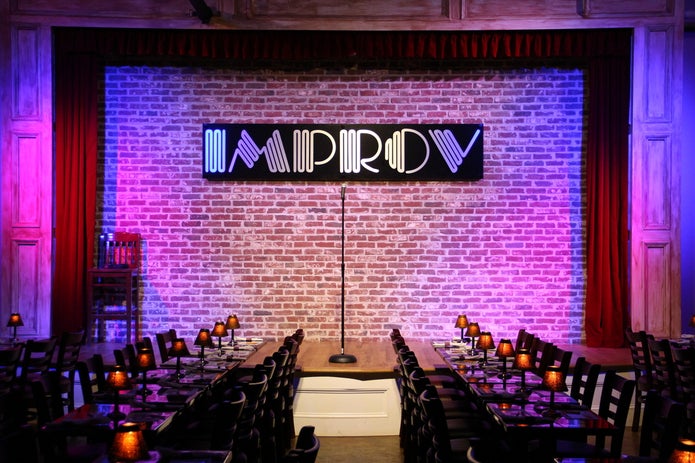One of the key elements to birth innovation is creativity, which is usually associated with the arts rather than science and engineering. However, creativity is not confined to only one domain, and there are ample ways to cultivate curiosity on even the most left-brained teams.
One powerful technique is borrowed from the world of Improv, where the best improv performers build their scenes using a technique called “Yes, And”. Yes-And is a cornerstone practice in all sorts of improvisational creation, whether it is comedy or jazz or painting happy little trees. The basic idea is to affirm a previous contribution (yes), then build or expand on it (and). Team Toolkit hypothesized that teaching Yes-And could help cultivate creativity and innovation. We decided to test our hypothesis with a group very familiar to us at MITRE – Our fellow engineers!
Team Toolkit invited a half-dozen colleagues to join us for a series of four online workshops where we practiced Yes-and, and also explored how to apply this practice to our everyday technical work. They said yes… and so we dove right in!
Our workshops introduced the concept and practice of Yes-And, as well as the benefits, perils, and lessons from this approach. We practiced improv exercises, stretched people outside of their comfort zone, and had a lot of fun! In between the laughs, we also learned about what it takes to truly practice Yes-and. Active listening is crucial to hear what our colleagues are saying, so we can respond to it. We also learned that the more vulnerable we are with each other, the easier it becomes to share our ideas.
We discussed how these concepts apply to our work as engineers. Sometimes our “expert culture” can prevent us from actively listening to our colleagues in meetings. By practicing Yes-And, we force ourselves to not only listen, but to build on each others’ ideas to create better solutions.
The results of our experiments confirmed our hypothesis that Yes-And can be taught, and that it can also help improve the quality and impact of our work.
However, what surprised us the most was the personal impact that our experiment had on our participants. Here are some of the things they had to say:
- “Life feels significantly less hard after each session.”
- “I was at first dubious about the need for using video, but seeing how the ITK folks use their video changed the way I think about it. This workshop raised my awareness of how I communicate with my group and gave me some tools to increase the amount of positive collaboration. “
- “I am going to take a more active role in shaping the team to be more like what I want it to be: inclusive, curious, etc.”
- “If you’re wondering how to build a more inviting, creative, and respectful culture, you should absolutely attend this workshop.”
Who knew that one Improv practice could transform people’s views, actions, and outlooks!
So, if you’re looking to cultivate innovation in your organization, definitely try practicing Yes-and and encourage your teammates to learn this skill. Let us know in the comments below how your experience goes!

